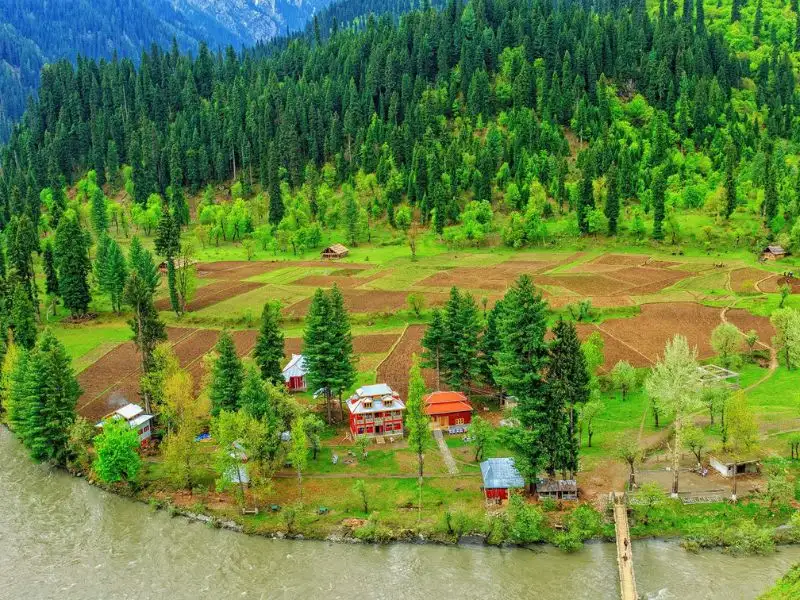Table of Contents
India, a land of diverse cultures, rich history, and breathtaking landscapes, is known for its incredible beauty. However, the partition of India in 1947 not only divided the nation but also led to the loss of some of its most stunning places. These forgotten gems, once an integral part of the country’s heritage, now exist only in memories and stories.
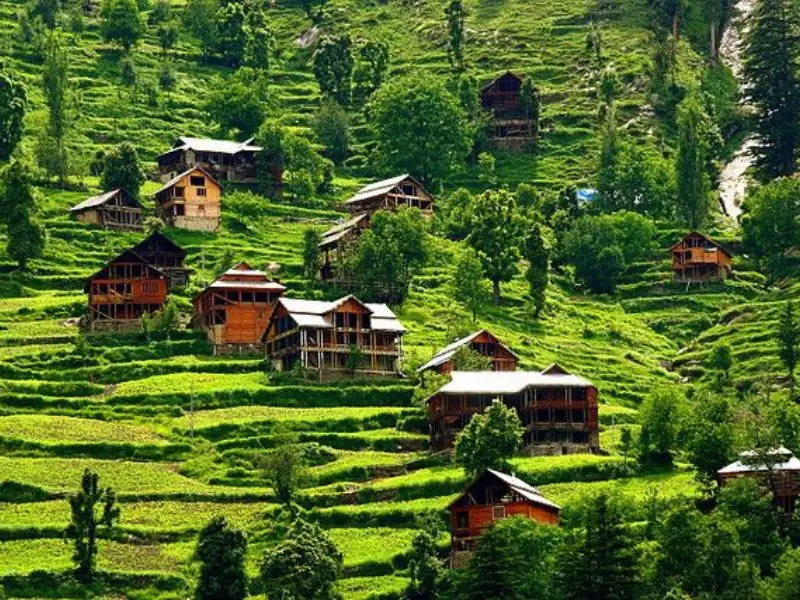
Explore the most beautiful places that India lost after the partition
The Walled City of Lahore
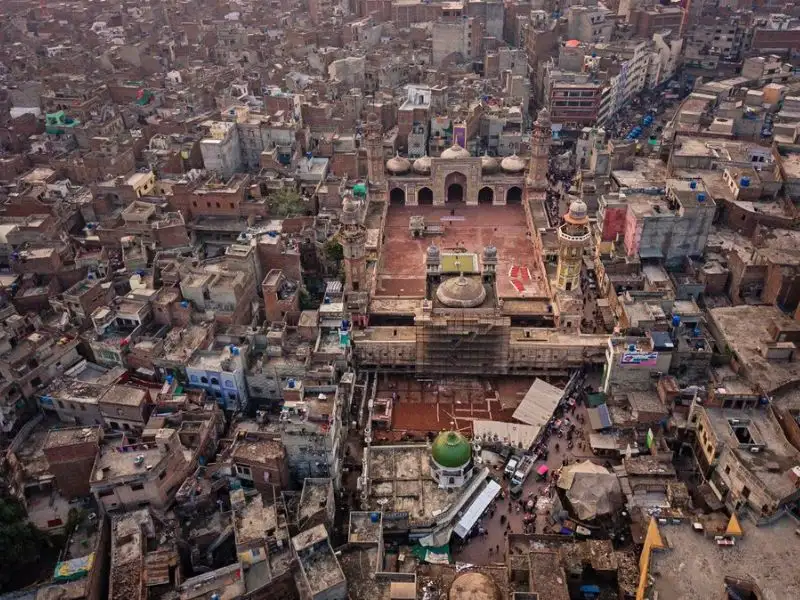
Lahore, the cultural capital of Pakistan, was once a part of India. The walled city of Lahore, with its magnificent Mughal architecture, narrow winding streets, and bustling bazaars, was a sight to behold. The exquisite Badshahi Mosque, the grand Lahore Fort, and the vibrant food scene were all part of the city’s charm. Today, these landmarks stand across the border, a reminder of the shared history between the two nations.
The Valley of Kashmir
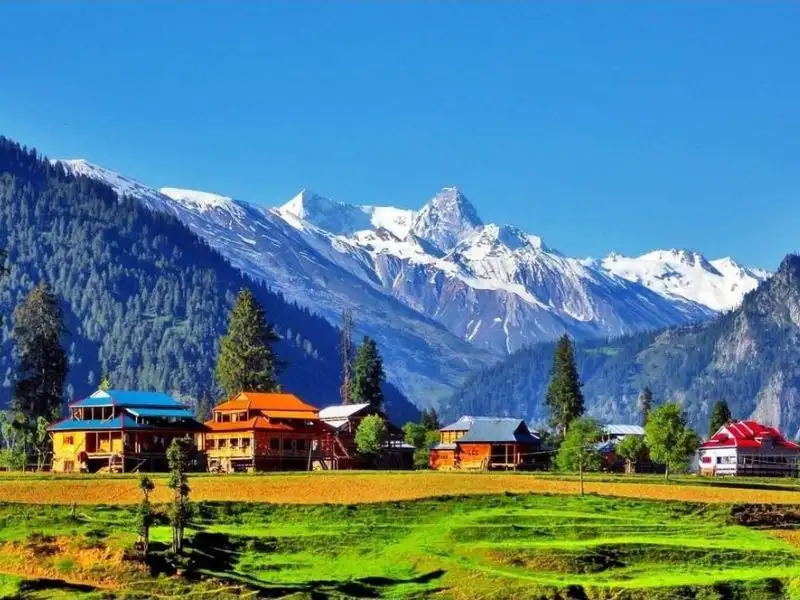
Kashmir, often referred to as “Paradise on Earth,” was another casualty of the partition. With its snow-capped mountains, serene lakes, and lush green valleys, Kashmir was a favorite destination for nature lovers. The Dal Lake, surrounded by majestic mountains and adorned with beautiful houseboats, was a symbol of tranquility. Unfortunately, the partition divided this heavenly valley, leaving a lasting impact on its cultural and geographical landscape.
The Ancient City of Peshawar
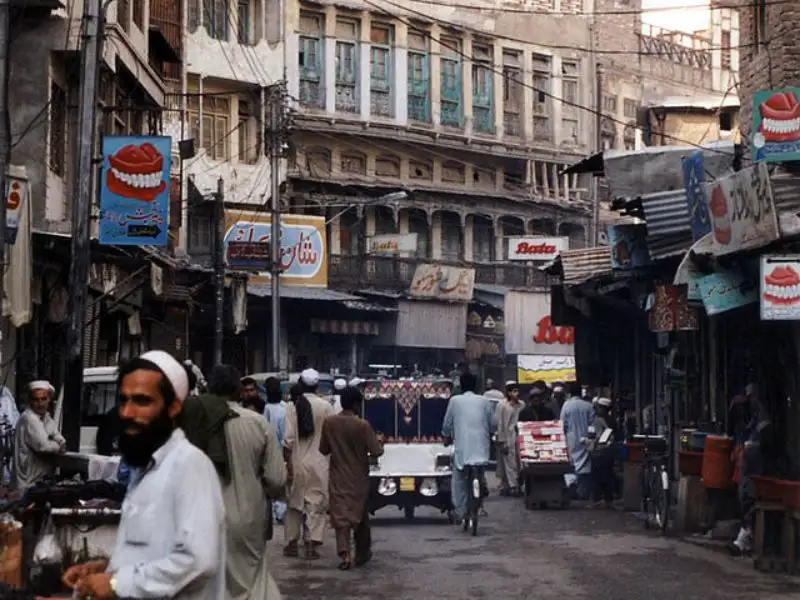
Peshawar, located in present-day Pakistan, was once a thriving city of the ancient Gandhara civilization. Known for its archaeological sites, including the iconic Peshawar Museum and the ancient Buddhist ruins of Takht-i-Bahi, Peshawar held immense historical significance. The city’s rich heritage, influenced by various civilizations, is now inaccessible to many who yearn to explore its wonders.
The Architectural Marvels of Dhaka

Dhaka, the capital of Bangladesh, was once a part of undivided India. The city boasted architectural marvels like the Lalbagh Fort, the Ahsan Manzil Palace, and the historic Armenian Church. These structures, with their intricate designs and historical significance, were a testament to the region’s glorious past. Today, they stand as a reminder of the shared heritage between India and Bangladesh.
The Vibrant City of Karachi

Karachi, now the largest city in Pakistan, was an important center of trade and commerce during the British era. Known for its beautiful beaches, bustling markets, and diverse population, Karachi was a melting pot of cultures. The city’s architectural landmarks, such as the Frere Hall and the Mohatta Palace, showcased a blend of colonial and local influences. Sadly, the partition separated Karachi from its Indian roots, altering its cultural landscape forever.
The Majestic Khyber Pass
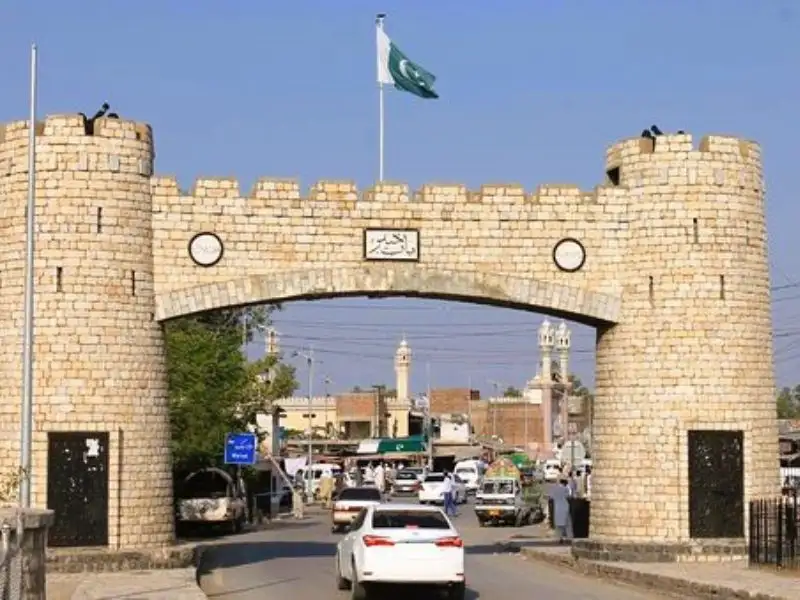
The Khyber Pass, a mountain pass connecting Pakistan and Afghanistan, was once an important trade route and a strategic gateway. Known for its rugged beauty and historical significance, the pass witnessed the passage of armies, traders, and explorers throughout history. Today, the Khyber Pass remains inaccessible to many, a lost treasure that once united the region.
The Enigmatic Rann of Kutch
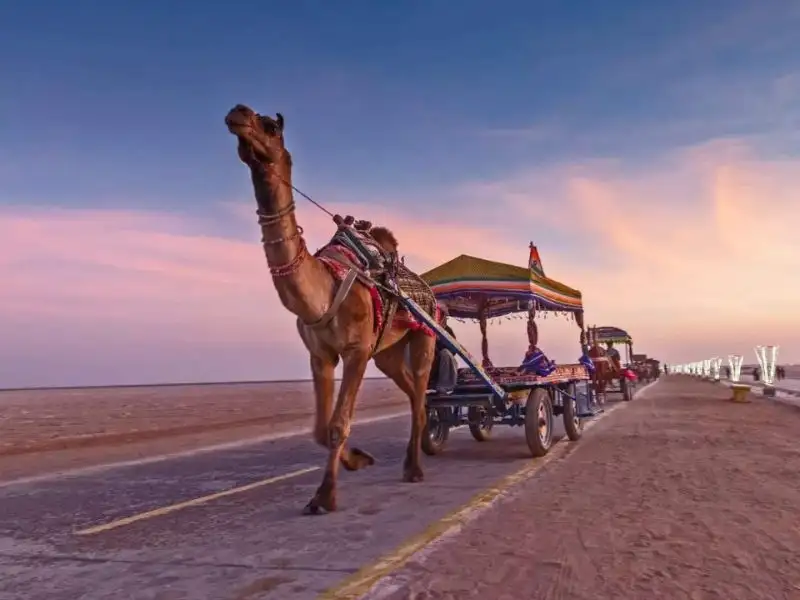
The Rann of Kutch, a vast salt marsh located in the western state of Gujarat, was divided by the border between India and Pakistan. This unique landscape, with its white salt crystals and surreal beauty, attracted tourists from far and wide. The Rann Utsav, a vibrant festival celebrating the region’s culture, was a testament to the spirit of unity. However, the partition left a void in this enchanting land, forever altering its identity.
As we reflect on the lost beauty of these places, it is important to remember that despite the physical boundaries, the shared history and cultural heritage of India and its neighboring countries continue to bind them together. These forgotten gems serve as a reminder of the need for harmony and appreciation of the diverse beauty that once flourished across the region.
For more Viral News, click here.

